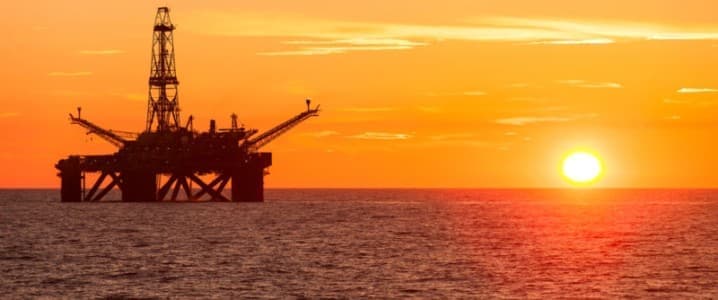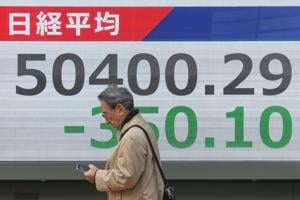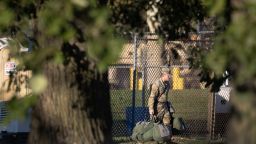Suriname’s Oil Boom Approaches Reality After Years of Delays

Suriname is on the brink of a significant oil boom, a development that has been long anticipated. After nearly a decade of delays and uncertainty, the impoverished South American nation is preparing to capitalize on its offshore oil reserves. This comes as the government in Paramaribo has watched with envy the success of neighboring Guyana, which has transitioned into a leading petrostate due to its drilling achievements.
Despite positive results from offshore drilling, Suriname has faced multiple setbacks that hindered its progress. Economic challenges, compounded by the COVID-19 pandemic, have led to a financial crisis. The situation escalated at the beginning of 2023, resulting in protests against rising living costs and austerity measures mandated by the International Monetary Fund (IMF). Chandrikapersad Santokhi, the former president and a former police commissioner, was unable to maintain his position as public discontent grew. He lost his office in July 2025, amidst allegations of corruption and the fallout from stringent economic policies.
Newly appointed president Jennifer Geerlings-Simons now faces the challenge of steering the country through economic uncertainty while navigating the anticipated oil boom. The IMF reported in March 2025 that the objectives of its program had broadly been achieved, with signs of economic growth and declining inflation. Yet, the organization emphasized the need for continued fiscal discipline and improvements in governance.
Suriname’s economy has suffered greatly over the last decade. In 2015, the country reported a gross domestic product (GDP) of $5.13 billion, but by 2024, this figure had plummeted by 13% to $4.46 billion. This decline has had a tangible impact on the population, with approximately one in six citizens living in poverty.
The potential for an oil boom became evident in January 2020 when APA Corporation announced the discovery of oil at the Maka Central-1 well in Block 58. This was followed by several additional discoveries, including the significant Krabdagu find in 2022. These discoveries have confirmed the presence of an estimated 750 million barrels of light, sweet crude oil, characterized by its low sulfur content, which is increasingly sought after in the global market.
Initially, the first oil from the offshore discoveries was expected in 2026. However, TotalEnergies postponed the development due to poor exploration results and concerns regarding the reservoir’s characteristics. By the end of 2022, the company delayed its final investment decision (FID) to further assess the site.
In October 2024, TotalEnergies and APA announced a groundbreaking $10.5 billion FID for the development of the Sapakara and Krabdagu discoveries, with targets set for first oil in 2028. The project, named GranMorgu, is located approximately 93 miles offshore east of Paramaribo and is projected to produce 220,000 barrels of oil and 450 million cubic feet of natural gas daily.
The GranMorgu project will employ a drillship and a semi-submersible rig with a total of 16 production and injector wells. The facility will have the capacity to store up to 2.1 million barrels of oil. While this timeline represents a two-year delay from the original projections, it is a crucial step for Suriname’s economy.
TotalEnergies has committed to minimizing carbon emissions during extraction, aligning with global efforts to reduce greenhouse gas emissions. The project is expected to have a carbon intensity of less than 16 kilograms of carbon per barrel of oil equivalent, which is lower than the global average but higher than in Guyana.
Once operational, GranMorgu could provide much-needed revenue for Suriname, which is grappling with budget constraints and debt repayments. The national oil company, Staatsolie, has secured a 20% interest in the project, valued at approximately $2.4 billion. This stake is pivotal in Staatsolie’s strategy to triple its revenue to $1.8 billion by the end of the decade.
Revenue projections for GranMorgu range between $16 billion and $26 billion over the field’s lifespan, significantly surpassing Suriname’s current GDP. This influx of funds could transform the economic landscape of a country that has struggled for decades, potentially lifting many citizens out of poverty and improving public services.
As Suriname prepares to embark on this oil boom, it remains crucial for the government to ensure that the benefits are equitably distributed among its population and that measures are put in place to sustain economic growth in the long term. The coming years will be pivotal for this nation, as it strives to harness its natural resources while overcoming the challenges that have historically plagued its development.






